MAMOVA Macroalgae Molecular Variation
We are a research group within the Algal and Microbial Biotechnology Division, within the Faculty of Biosciences and Aquaculture at Nord University.
Our long-term research goal is to understand functional-trait variation at the molecular level and to apply this knowledge towards sustainable growth of economically important algae, and towards the management of kelp forests and seagrass meadows under the impact of climate change.
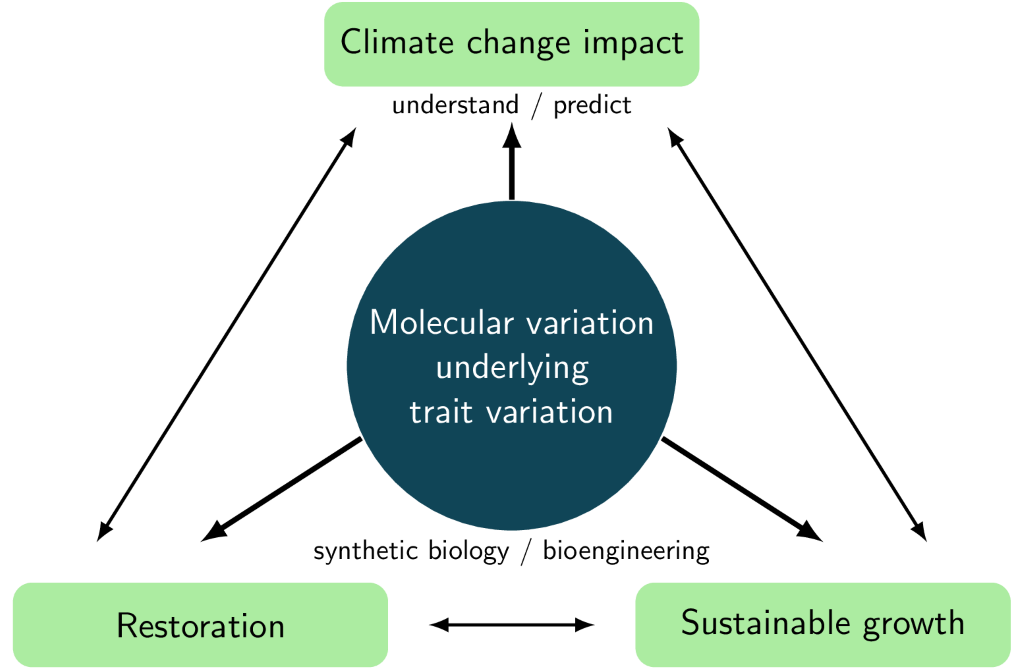
Research theme and relevance
Our research focuses on molecular variation in macroalgae and seagrass that hold ecological and economic importance. Kelp forests and macroalgal beds provide the foundation of the ecosystem and its many accompanying ecosystem services, including blue carbon sequestration, nutrient fixation, coastal erosion protection, and the support of shallow-water communities that are vital for various economically valuable marine species. Furthermore, macroalgae are a prime candidate for a sustainable blue bio-economy in both Europe and the Americas. Understanding the base of the foodweb and its adaptations is essential to optimize propagation of kelp for sustainable management, restoration, cultivation, and production.
As temperatures climb, kelp growth is stunted, and the susceptibility to diseases increases, resulting in the decline of macroalgal forests worldwide. Over the past decade, we’ve witnessed shifts in distribution and the loss of macroalgal beds due to factors like warming trends, coastal development, invasive species, and agricultural runoff. The continued rise in temperatures threatens to wipe out kelp forests in regions where it becomes too warm, jeopardizing the security of the emerging blue bio-economy centered around kelp farming.
While research on the role of the epigenome in development and adaptation has made significant progress in terrestrial plants, the marine realm lags far behind. In our ongoing research we are bridging this gap by extending this field of study to marine macrophytes. This research not only holds the promise of advancing fundamental science but also addressing pressing societal concerns related to the management and protection of coastal ecosystems in light of increasing human impact. Additionally, it has profound implications for the future ecological state and economic value of Arctic shorelines. Our work is not confined to the European Union; it tackles global challenges and has the potential to inspire groundbreaking research, unlocking a deeper understanding of the intricate processes involved in a broader range of organisms.
Technologies and Methods
Our approaches range from the molecular level to ecosystem-wide scales. We utilize field studies and common-garden experiments, interviews for qualitative studies, incorporate models (e.g., niche modelling) to predict and project species distribtions. We further apply high throughput sequencing ’omics applications (e.g., transcriptomic responses to thermal stress, characterization of methylome variation), combined with bioinformatics/computational approaches to filter out important biological information from background noise in massive sequencing data sets.
We continuously strive to combine approaches from different fields in multidisciplinary ways.
Collaborators
We areI am integrated in a dynamic national and international research network, including collaborattion with the Algal Genetics Group (Mark Cock) at the Roscoff Research Station in France; the Functional Ecology roup (Inka Bartsch) at the Alfred Wegener Institue in Germany; the Coastal Systems and Ocean Group (Bernardo Duarte) at MARE, Portugal. We further collaborate with Chinese partners at the Institute of Oceanology, Chinese Academy of Sciences (DeLin Dua, Jie Zhang), and the [Yantai University] (Zi-Min Hu).
We strengthen the applied aspect of our work through collaboration with with the Algae Production Department of the Norwegian Institute of Bioeconomy Research (NIBIO), and various members of the Norwegian Seaweed Association
Funding
We are grateful for funding from the Norwegian Research Council, Nord University, MABIT, and an EEA and Norway initiative grant.
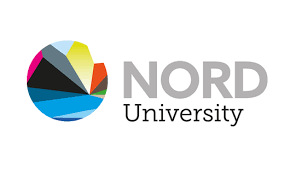
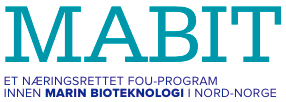
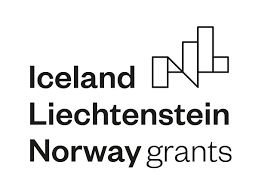
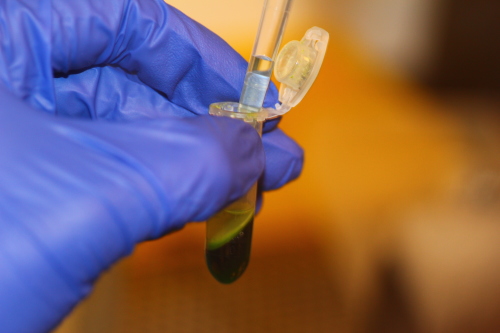 DNA extraction. Photo: Alexander Jueterbock
DNA extraction. Photo: Alexander Jueterbock
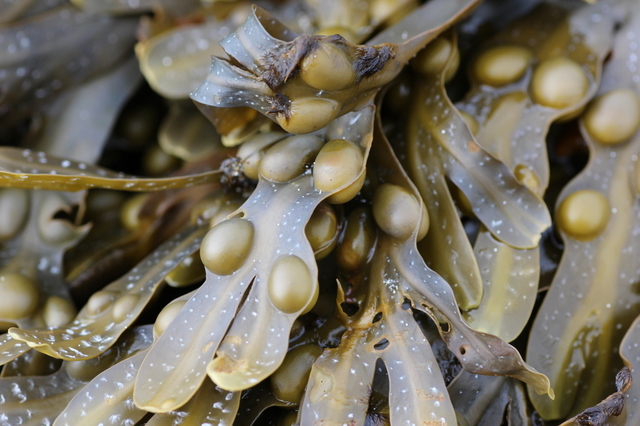 Fucus vesiculosus, Lofoten, Norway, Photo: Alexander Jueterbock
Fucus vesiculosus, Lofoten, Norway, Photo: Alexander Jueterbock
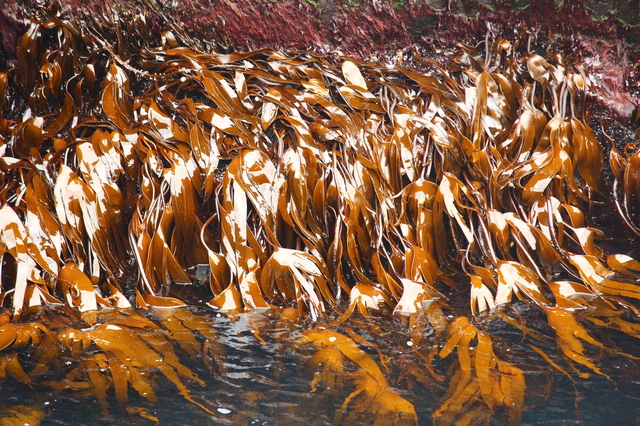 Laminaria digitata, Iceland Photo: Alexander Jueterbock
Laminaria digitata, Iceland Photo: Alexander Jueterbock
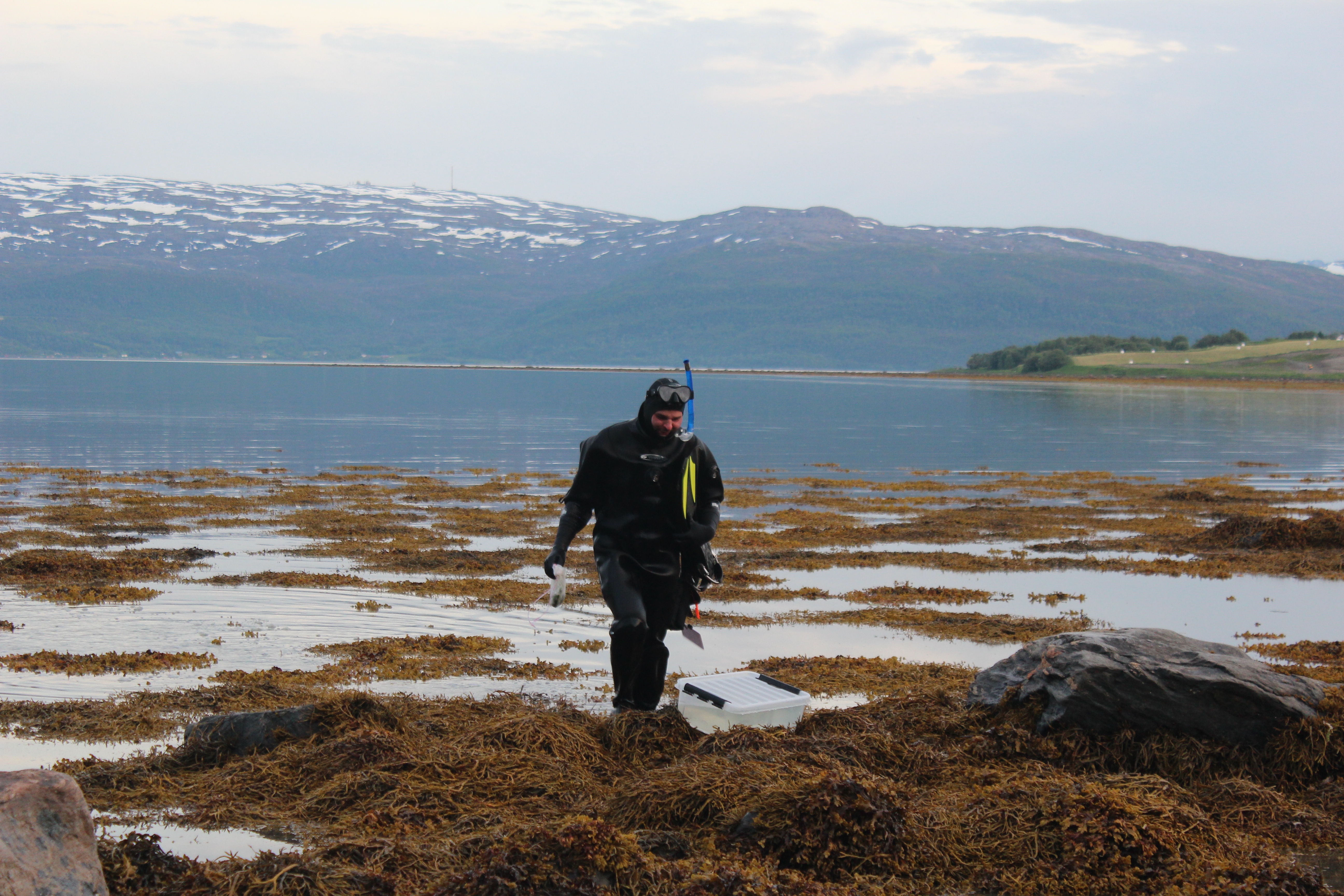 Algae sampling. Photo: Alexander Jueterbock
Algae sampling. Photo: Alexander Jueterbock
